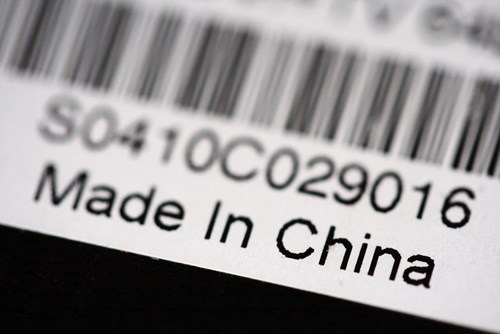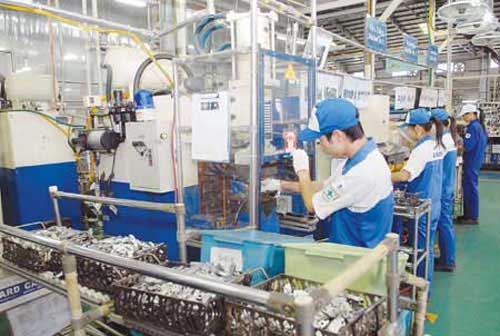Chinese products selling poorly in Vietnam
Chinese products selling poorly in Vietnam
The sale of Chinese products have decreased sharply in both traditional markets and supermarkets in Vietnam, forcing retailers to find alternative suppliers.

A manager of the Phuong Nam Book House chain, for example, noted that customers, especially children, have not purchased books, toys and stationery products made in China.
“A boy picked up a toy on the shelf but then returned it to the initial place after he realized that it was from China,” the manager said.
“Customers put aside any products with the words made in China on the label, while they don’t care if the products have high quality or the prices are reasonable,” he noted.
Therefore, Phuong Nam’s Board of Management has been hurrying to look for other non-China supply sources from Thailand, Indonesia and Malaysia.
Nguyen Thi Vinh Kim, the owner of a stationery shop at Thanh Da Market, also noted that customers now buy Vietnamese, Thai or Korean instead of Chinese.
“Chinese products are dirt cheap, but they are not durable,” she explained.
Chinese food has been weeded out from the housewives’ to-buy lists, too.
Ho Quoc Nguyen, public relations director of Big C Vietnam, a large distribution network, said the supermarket chain’s board of management noticed a considerable decrease in the sale of Chinese toys earlier this year.
Sharper sale decreases have been seen since early May when China deployed an oil rig in Vietnamese territorial waters, triggering tensions in the East Sea.
The significant decrease in the sale of Chinese goods has also been reported by Metro Cash & Carry, a veteran German distributor in Vietnam.
In fact, Vietnamese began turning their backs on Chinese goods years ago, before Chinese carried out the illegal act in the East Sea, because in their thoughts, Chinese goods always mean low-quality and toxic products.
Vietnamese agencies recently announced they discovered a series of consignments of imports from China, including toys, clothes and food, containing toxins.
Most recently, Vietnam has sent documents to Chinese agencies, requesting the Chinese side to explain why 300 tons of contaminated food was sent to Vietnam.
Prior to that, Vietnamese agencies discovered contaminated fruits in 17 consignments of goods imported to Vietnam.
According to Metro, 90 percent of products available at the distribution chain are Vietnam-made products, while the other 10 percent are imports, including Chinese. However, Chinese goods displayed there are mostly non-food products.
Meanwhile, Saigon Co-op, the Vietnamese biggest retail chain, said from the very beginning, the retailer tried to restrict the sale of Chinese imports. There is no room for Chinese fresh food and fruit on the shelves at Saigon Co-op.
The retailer stopped selling Chinese fruits three years ago. At present, 90 percent of fruits available at the chain are domestically made, while the other 10 are imports from the US, New Zealand, Chile and South Africa.
Phap Luat Vietnam has reported that Vietnamese now tend to use Thai products instead of Chinese products.
The newspaper quoted a market analyst as saying that Thai goods are 15-20 percent more expensive than Chinese products, but the Thai goods have higher quality and are cheaper than products from Japan or South Korea.
vietnamnet



















